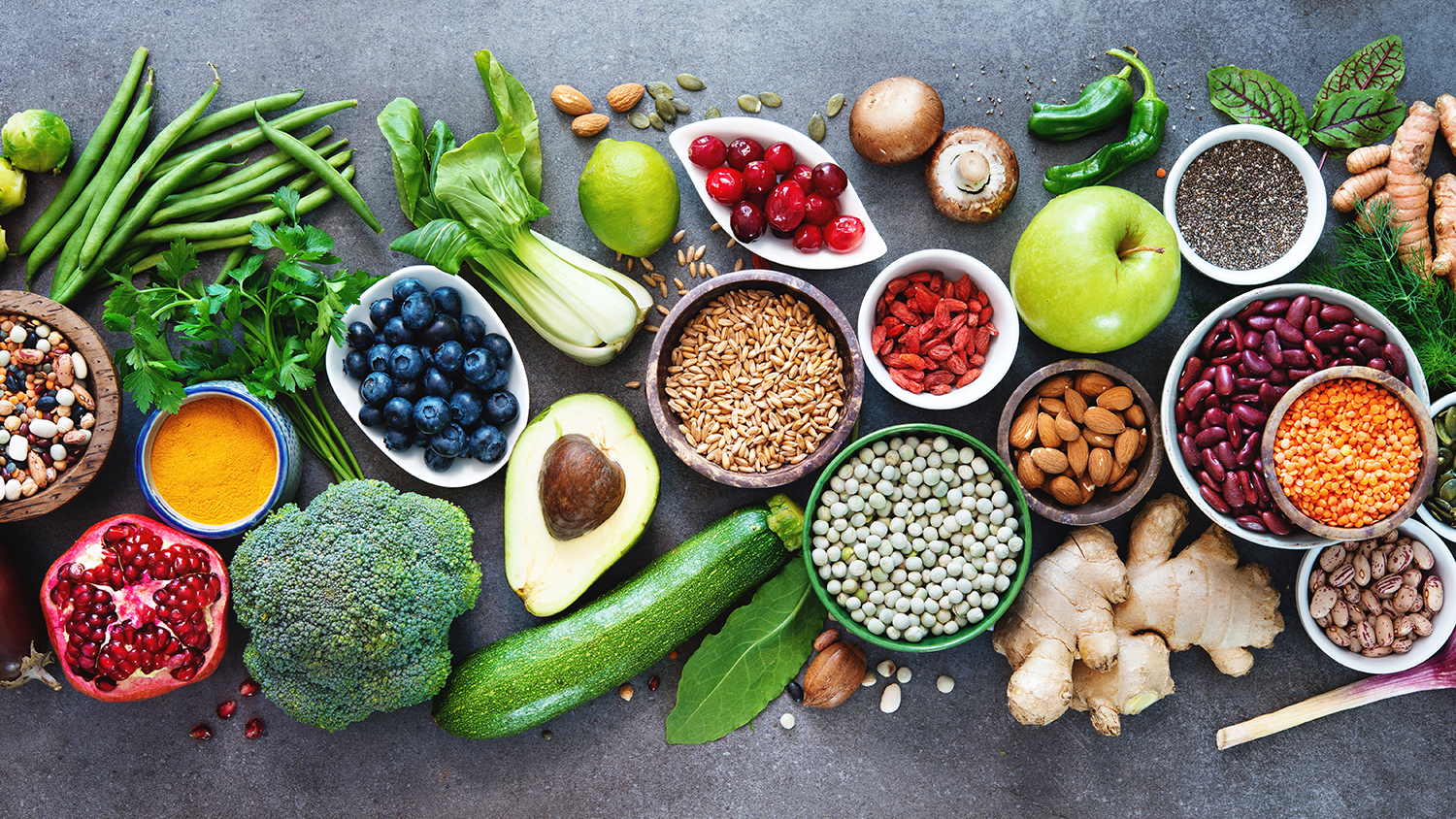
People have always known they should eat healthy, but some people take it to the next level. Whether it’s because of health issues or they are just passionate about only putting the best into their bodies, eating healthy is more popular than ever.
It’s because of this popularity to eat healthy that many new fads, diets, and even foods, are being created. In generations past, nearly nobody ate things like kale or chard, but now many people are in love with it because of its health benefits.
This health food enthusiast’s market is one restaurants can’t ignore, especially as more and more people worry about what food they are putting in their bodies and hitting up the gym. As healthy lifestyles grow in popularity, your restaurant needs to market to those who are passionate about eating only the best foods.
Short-Term Fads Vs Long-Term Lifestyles
Health fads are a part of human culture. Whether it’s eating a specific kind of food regularly, dieting a specific way, or taking a pill to stop your late-night snacking, health fads are always coming and going.
There are different types of health fads though, mostly split between how long they are popular. A health fad is often a flash in the pan of popularity and quickly forgotten again in a few months to a year. Things like the “Purple Diet” where people only ate purple foods, or “Aerated Chocolates,” are all things that were popular for a short period, but are now either disproven or forgotten.
On the flip side, some health trends gain real lasting power, eventually becoming a lifestyle. Things like going gluten-free, Weight Watchers, the Atkins or paleo diet, IIFYM, or eating organic foods are all now lifestyles accepted by people everywhere.
It’s important to know the difference between a fad and a lifestyle before you start building menu items and marketing towards them. A quick fad could earn you a lot of money fast, but building a whole menu around it could lead to wasted money and effort once the fad is gone. On the flip side, if something is going to be a lifestyle, you should take your time and do it right.
What is Your Target Market Doing to Stay Healthy?
People of different generations, demographics, and even genders diet and eat healthy differently. Because of this, you need to understand what trends and lifestyles your main target market follows and which ones they don’t.
For example, the biggest group of people who use Weight Watchers are people over 65 years old, with no other major demographic using it more. So, if a lot of your customers are older, you might want to consider marketing certain menu items and Weight Watcher friendly.
For a good way to better understand your current customer base and how they eat, talk to your employees (especially your servers and chefs) and your customers. Ask your employees what kind of items are requested the most, such as vegan, gluten-free, or food without certain ingredients, and how it compares to your current menu. Interview guests to see where they would like to see the menu grow and what healthier options they would actually order.
Being Actually Healthy and Highlighting Healthier Alternatives
Many people don’t actually want to eat healthy, they just want to think they are eating healthy while still enjoying tasty foods.
A prime example of this is people buying salads and soups from fast food restaurants. Many customers think that soups and salads are a much healthier alternative to other menu items, even when they are only slightly better than other menu items. Yet, people will willingly believe that the soup or salad option is incredibly healthy, even when it isn’t. This is more because of ignorance from the consumer and less on misleading by the restaurant.
When it comes to your menu, you might not find success putting truly healthy options in front of your guests, but highlighting your healthier options might help. This can be accomplished with a symbol bringing extra attention to it, creating a healthy options section in the menu, selling a smaller dish version of a popular meal, or simply pointing out a dish is vegan or vegetarian. Just be careful not to outright lie to customers about health benefits or ingredients.
Providing Health Info to Those That Want It

Being healthy is not easy. It requires exercise, control, and research, especially counting how many calories you eat and how many you burn off. Yet, nobody wants to look at a menu full of facts and figures, and nothing dissuades a big appetite from ordering the steak than a massive number of calories next to it.
Yet, you should still disclose health info like the number of calories somewhere, and your website is a great place for that. That way, it’s not ruining the dining experience of those not concerned about calories, but still easily found for dieters. Everything, from alcoholic drink nutritional labels, to a detailed breakdown of your most popular dishes, should be listed on your website for those who want it. This info doesn’t need to be front and center, but still easily found for health-conscious customers.
You may also want to look into putting that info on popular food databases and apps, like MyFitnessPal, that your guests use to track what they’re eating.
Getting Approved by an Organization or Spokespeople
Behind most healthy lifestyles or fads is an organization or spokespeople giving it validity. This includes celebrities, television doctors, businesses, even social media influencers.
Gaining approval or acceptance by a health group or individual can do a lot to grow your reputation as a healthy establishment. You could even partner with them for further attention and mutual growth. Some restaurants partner up with Weight Watchers in order to list certain items as “Weight Watcher friendly” and get listed on their website. Or, you could ask a health-focused influencer to review your food and list you on their website in exchange for a free meal or monetary compensation.
When it comes to marketing to health-focused people, be sure to provide the right information and understand what they look for from you as a restaurant. Then, put out marketing materials and info that will bring them in. If lots of people want gluten-free meals, vegan meals, and so on, provide them and then get the word out. That can be listing them on your website, putting up banners, reaching out to health sources and websites, and making it a key part of your menu.






